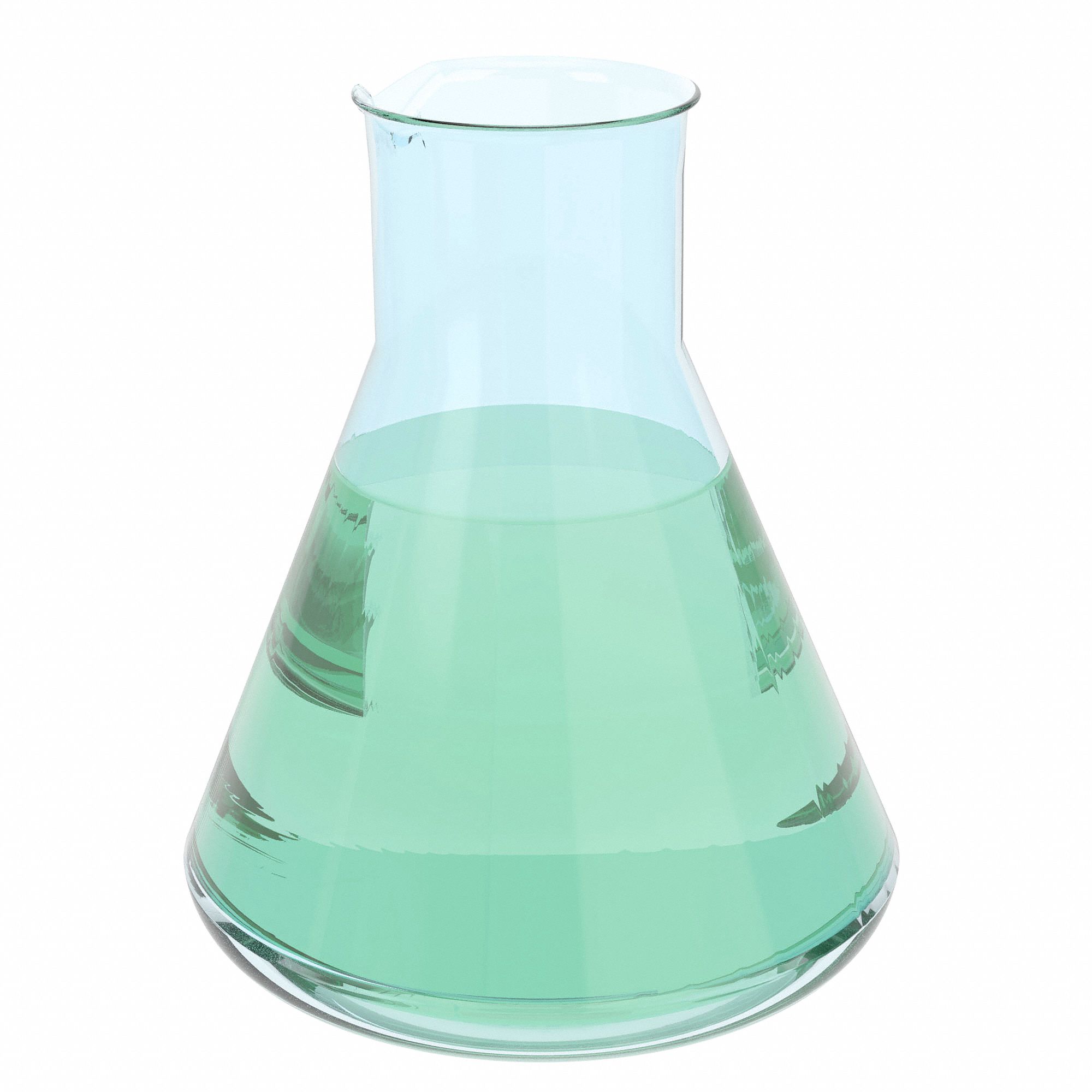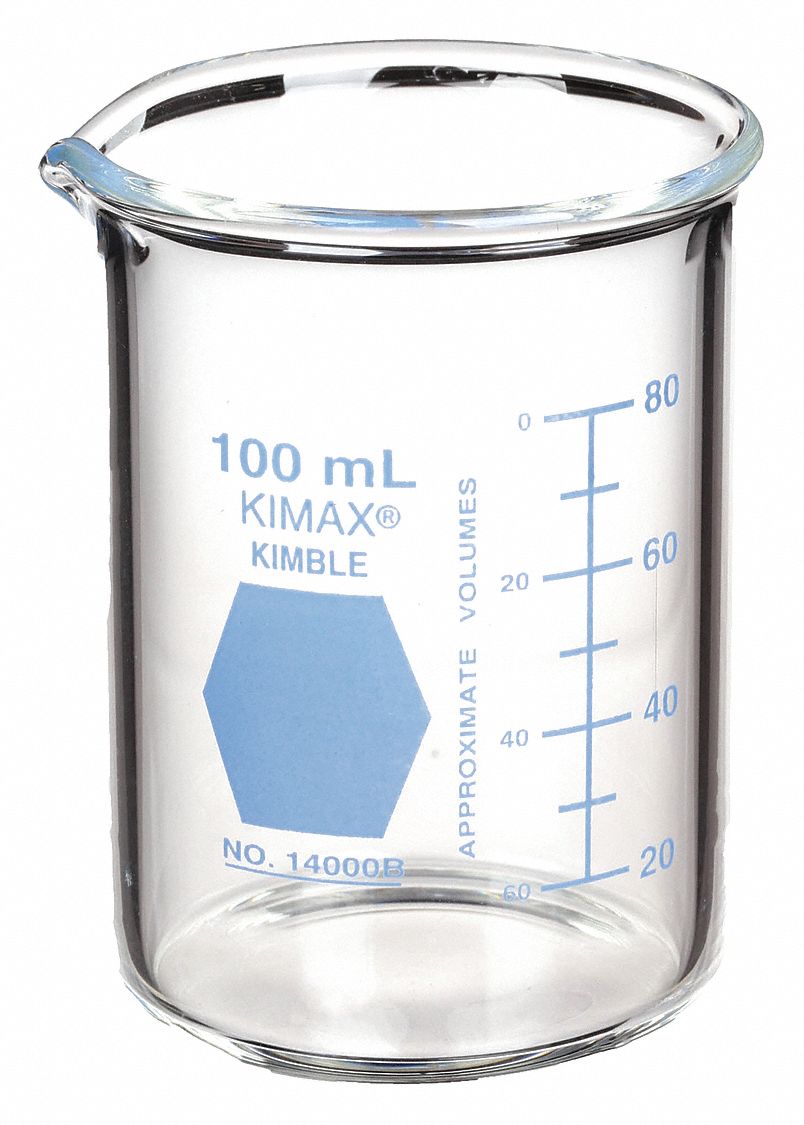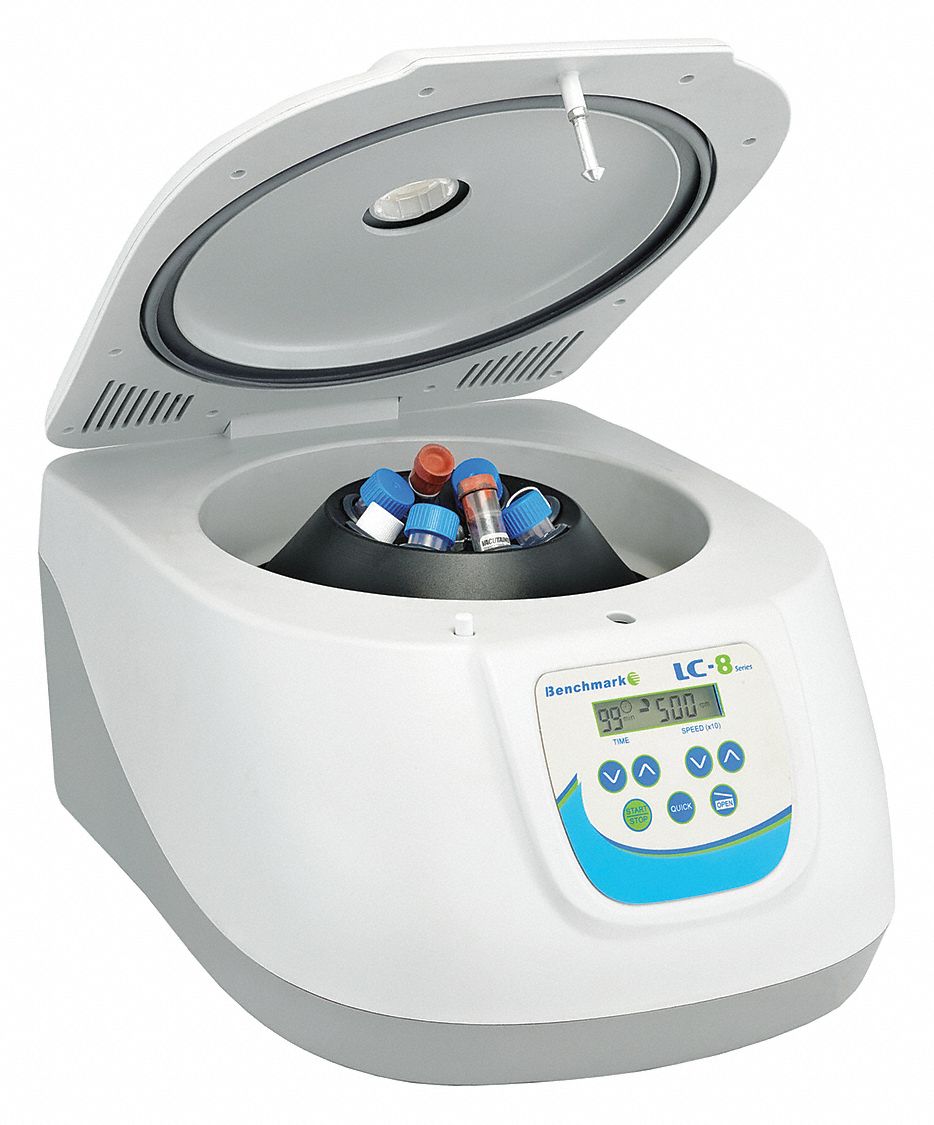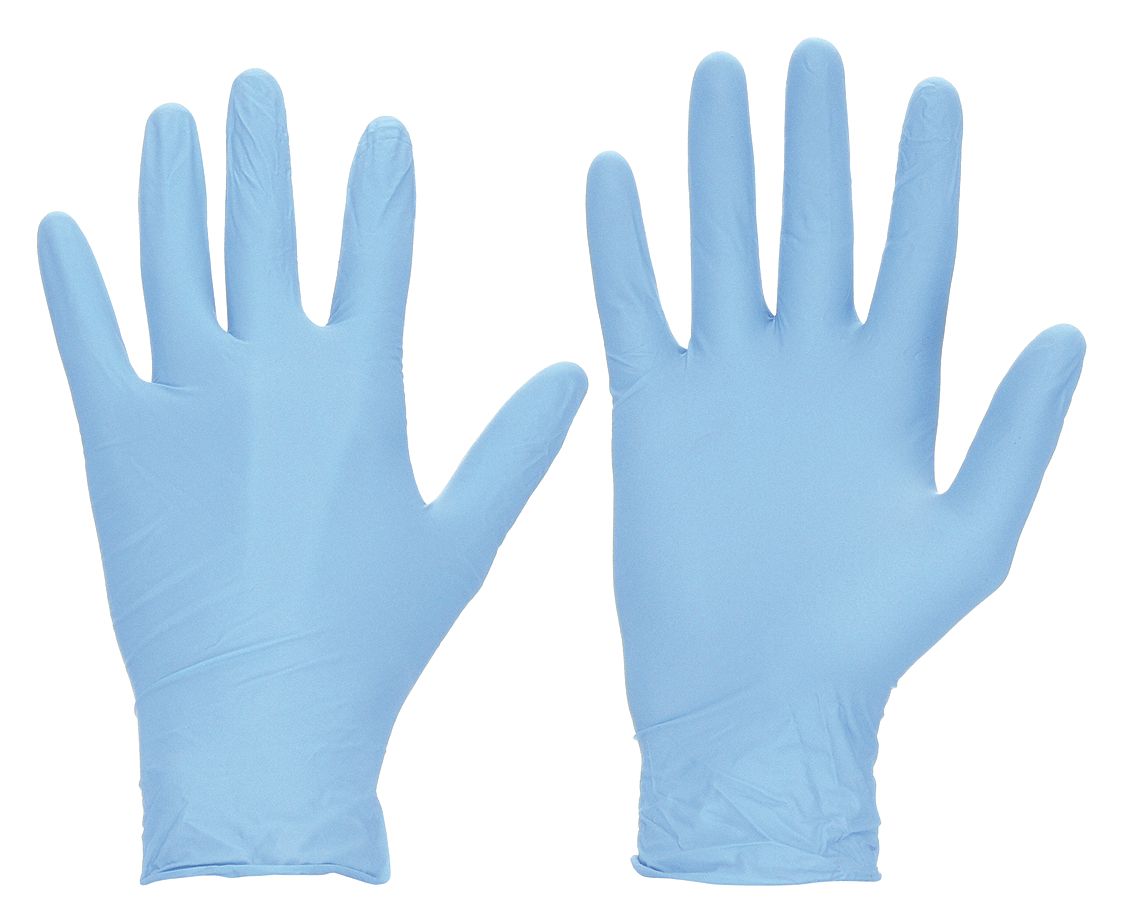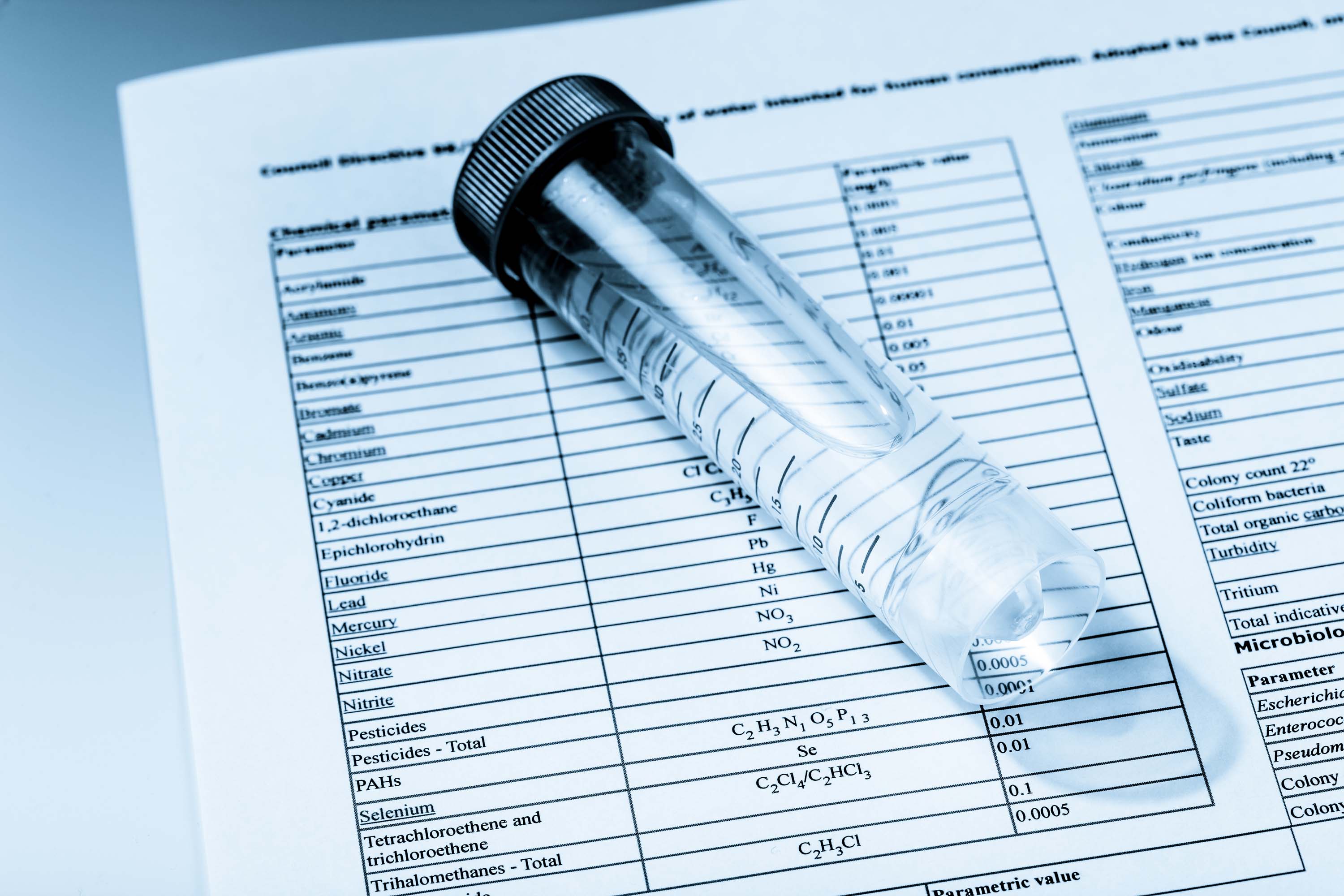

Choosing the Right Water Testing Equipment for Your Facility
By Grainger Editorial Staff 2/4/20


A report released in August 2019 by the National Academies of Sciences, Engineering, and Medicine estimated that as many as 70,000 Americans suffer from Legionnaires’ disease each year—and that incidences of the disease have increased fivefold from 2000 to 2017. Legionnaires’ disease afflicts and kills more people in the U.S. than any other reported waterborne disease, according to the report. Studies worldwide have also shown increased incidences of Legionnaires’ disease.
These facts make a compelling case for companies large and small to test their water to make sure it's not infected with Legionella bacteria and other waterborne illnesses. Enterprises as diverse as industrial companies, laboratory operations, pool and spa managers and agribusinesses must keep tabs on water quality and the presence of chemicals and heavy metals.
A wide array of water testing equipment is available—both for detecting disease and monitoring water quality. There are water test kits for water potability, for pool and pond management and for addressing water quality in industrial and laboratory settings. Water testing equipment comes with a range of capabilities, and at various price points, so it’s important to consider your requirements and budget when weighing the options.
Legionella test kits detect the presence of Legionella pneumophila serogroup 1, the most common cause of Legionnaires disease. A positive result for Legionella with a rapid test requires confirmation with a laboratory culture test, which can take up to 14 days to complete.
Filtration tests work by taking and preparing a water sample and dispensing it onto a test strip—which will turn a different color in the event of a positive result. Results come between 25 and 35 minutes—including sample prep time—depending on the test kit.
Swab testing allows users to wipe samples from inside pipes and other system components where the Legionella bacteria often lurk in accumulated biofilm. Some kits include material for both kinds of testing. The kits come in a variety of sizes—with enough material for anywhere between one and ten tests.
Test kits can be used in a wide variety of settings including education, food and beverage, hotels and spas, shipping, energy, and health care.
Here are a few types of other water testing equipment to help you determine water quality, depending on what you want to measure:
- Colorimeters: Colorimeters are used to determine the concentration of solutions by measuring particular wavelengths of light. They are commonly used to test the concentration of Total chlorine or Free chlorine use in drinking water, pool and spa applications, industrial wastewater plants, paper manufacturing and other industries. Colorimeters can also measure a variety of parameters such as fluoride, nitrate, nitrite, sulfate and phosphorous. Today’s colorimeters provide quick readouts on a digital display, taking the guesswork out of water quality analysis.
- Dissolved Oxygen (DO) Meters: DO meters make field testing easy and help with the process of measuring gaseous oxygen in water—a necessary element for good water quality. DO meters come in many shapes, sizes and price points. Benchtop meters are best for lab analysis, while portable meters facilitate onsite measurements. Some DO meters are single parameter devices, while others are multiparameter and measure dissolved oxygen, pH, ion-selective electrode (ISE) and conductivity simultaneously. DO meters for wastewater compliance should be approved by the Environmental Protection Agency. The most sophisticated of these water analysis instruments offer a choice of languages and can store transferable data and test parameters and results for multiple users.
- ORP (Oxidation-Reduction Potential) Meters: ORP meters indicate the degree to which a substance is capable of oxidizing or reducing another substance. Applications include food preparation and swimming pool, wastewater and aquaculture management. More contaminants in the water result in less dissolved oxygen and, therefore, a lower ORP level. A higher ORP level indicates that the water is better able to destroy foreign contaminants, such as microbes or carbon-based contaminants. Like other kinds of water quality testing equipment, ORP meters come in single parameter and multiparameter varieties. Some meters can measure pH, total dissolved solids (TDS) and salt—as well as ORP. Some single parameter ORP meters come in a compact, convenient and inexpensive pen-style instrument, while others are pocket-sized. Some of these pocket-sized meters come with multiparameter uses. ORP meters typically feature displays with on-screen instructions, data storage, recall capabilities and replaceable electrodes and sensors. A snap-out/snap-in sensor module is one feature to consider because it doesn't require tools to replace defective parts.
- pH Meters: pH meters and testers help determine the acidity and alkalinity of aqueous solutions. Applications for pH meters include the testing, control and treatment of boiler, cooling, drinking, pool and wastewater. Some multiparameter water quality testing instruments that measure ORP, TDS and salt also include pH testers. While others serve specialized functions like measuring the pH level of coolants. Handheld stick pH meters are great for on-the-spot measurements: these smaller water quality measurement devices often include memory that recalls multiple readings, so you can keep track of how they have changed over time. Benchtop pH testers provide budget-friendly pH analysis in the lab and feature larger screens, more sophisticated set-up menus and larger memory.
- Salinity Meters: Salinity meters allow researchers, manufacturers and hobbyists to measure the salinity of water in a variety of environments, such as aquariums, food processing operations and swimming pools. The devices measure the level of alkali metal or magnesium salts in a water sample. As with other water quality testing equipment, salinity meters often include other built-in testing functionality. One type combines salinity testing with the measurement of pH, oxidation-reduction potential (ORP), electrical conductivity and total dissolved solids (TDS). Other handheld salinity meters typically include LCDs, automatic temperature compensation, waterproof design and push-button operation. Some offer two modes of calibration: an automatic mode with preset calibration points and a manual mode that allows the user to set custom calibration points. Salinity meters provide different ranges of testing, from 0 to 50 parts per thousand (ppt) to 0 to 80 ppt. You should choose the water quality testing product that is appropriate for your particular needs.
Learn More
There are additional water testing equipment and meters available, depending on your application.
![]()
The information contained in this article is intended for general information purposes only and is based on information available as of the initial date of publication. No representation is made that the information or references are complete or remain current. This article is not a substitute for review of current applicable government regulations, industry standards, or other standards specific to your business and/or activities and should not be construed as legal advice or opinion. Readers with specific questions should refer to the applicable standards or consult with an attorney.

